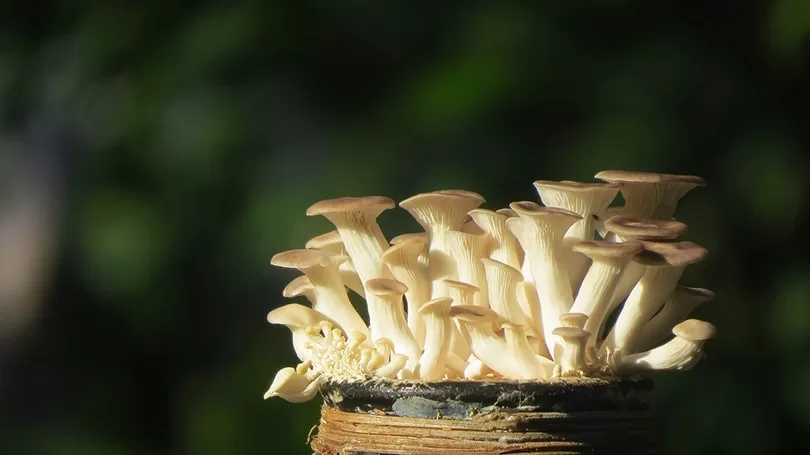Chad Henderson of XtremeAg’s Alabama wheat crop is off to a strong start, but Lee Lubbers is worried about emergence in South Dakota’s parched landscape.
In Madison, Alabama, Chad Henderson works as a fifth generation farmer. Henderson Farms cultivates dryland and irrigated corn, dryland soybeans, wheat, and double-crop dryland and irrigated soybeans on more than 8,000 acres. When not farming, Chad competes in drag races for Henderson Racing, continuing another cherished family heritage.
Our wheat is standing up well. The first application of a herbicide has been completed on half of our wheat, which is on schedule. Herbicide, C-Cat from Teva, CropMax from Nachurs, and MegaGro from Integrated Ag Solutions made up the initial shot. Since there are few pests around right now, no insecticide is required. Our next spraying operation is already in the works.
We are moving maize and beans while cleaning out grain bins. We plan maintenance on grain bins during this time of year. Some of our augers need to be replaced. While not being used, grain bin sweeps need to be attended to.
The weather has been favourable enough to strip-till several acres. In order to determine the appropriate fertiliser rates to employ in our fall strip-till application, we have been analysing soil samples. It will disintegrate with the aid of the rain and be prepared for corn planting this spring.
Lee Lubbers, a farmer from Gregory, South Dakota, recalls using leftover scholarship funds to put a down payment on his first tractor and rent 200 acres. He currently cultivates dryland soybeans, corn, and wheat on more than 17,000 acres. One of the most essential things to Lubbers, according to him, is to always learn and push himself in order to create a business and a legacy that the future generation can be proud of.
I just want some moisture for Christmas. In South Dakota’s west river region, we haven’t seen any appreciable precipitation in a very long time.
Our winter wheat is having difficulty, and other nearby fields have not even begun to sprout. The lack of moisture prevents the earth from freezing in spite of the chilly temperatures. It’s bone dry all the way down to 6 feet below the surface, according to a friend who works in the dirt.





